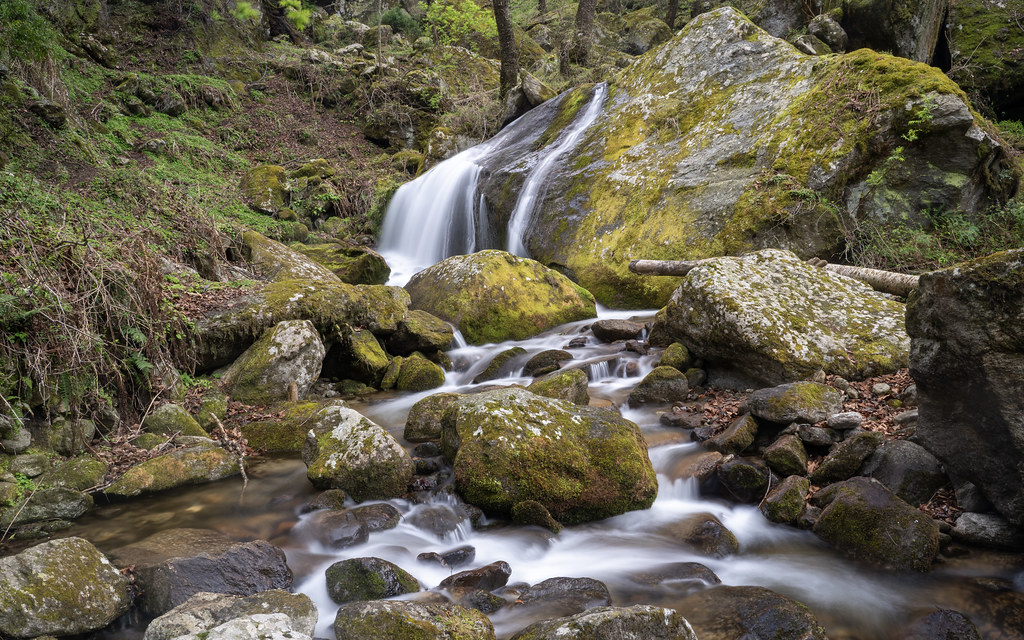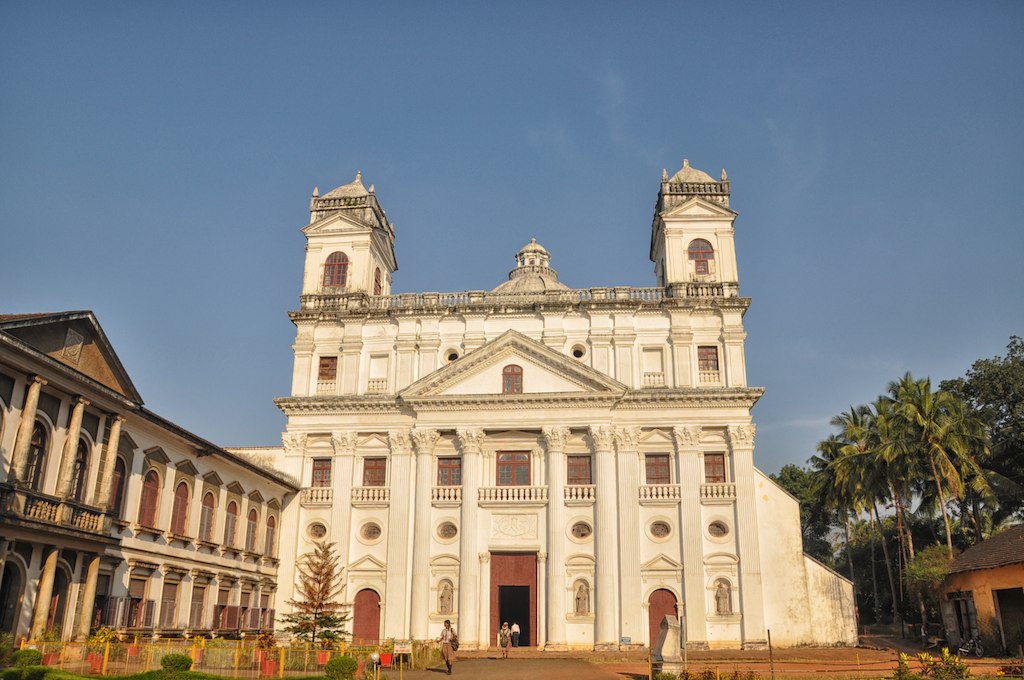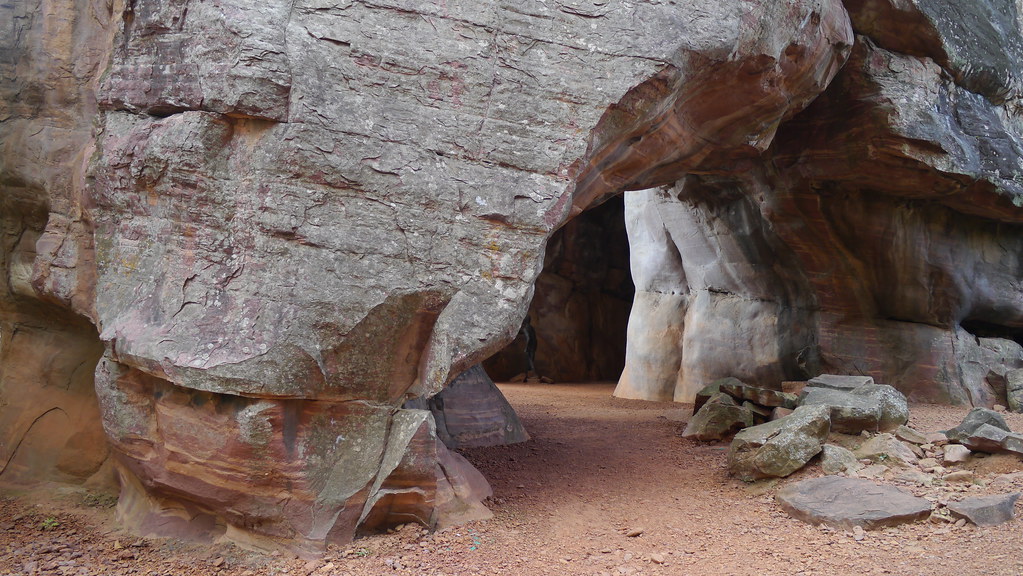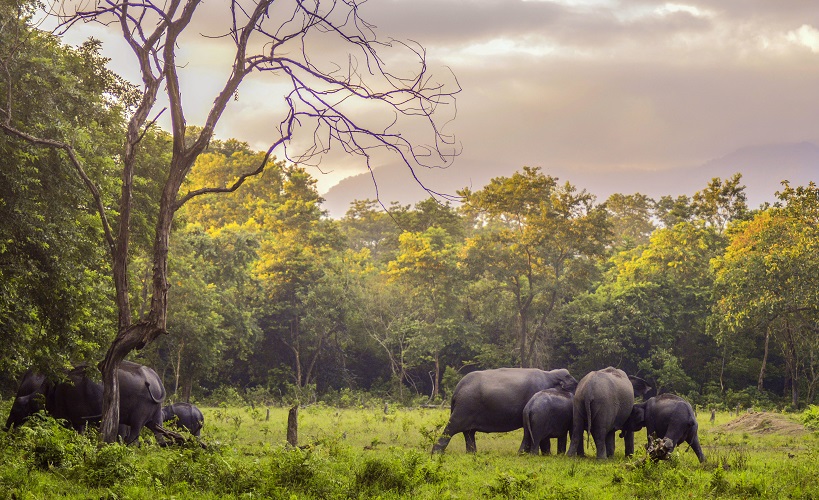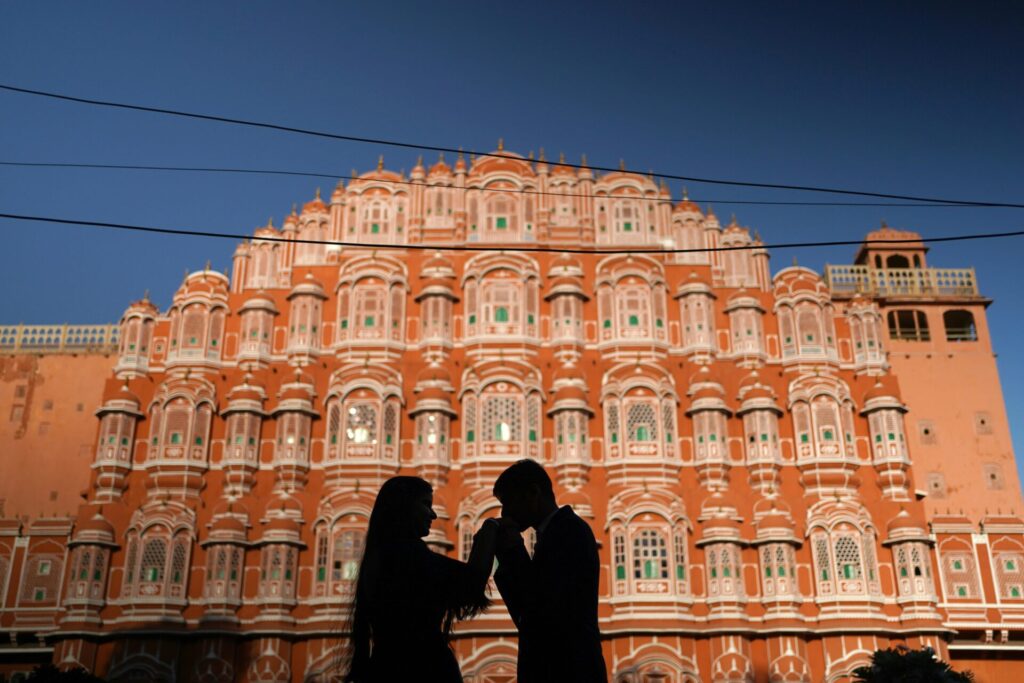India, a land of diverse cultures, traditions, and natural wonders, is home to a remarkable collection of UNESCO World Heritage Sites. These sites are recognized for their outstanding universal value and are a testament to India’s rich history, architectural brilliance, and stunning natural landscapes. From ancient temples and forts to pristine national parks and archaeological wonders, the World Heritage Sites in India offer a glimpse into the country’s glorious past and its awe-inspiring natural beauty.
The Taj Mahal: A Timeless Symbol of Love
The Taj Mahal, often regarded as one of the Seven Wonders of the World, is a masterpiece of Mughal architecture and an enduring symbol of love. Built by Emperor Shah Jahan in the 17th century in memory of his beloved wife, Mumtaz Mahal, this white marble mausoleum is located on the banks of the Yamuna River in Agra. The Taj Mahal is renowned for its intricate carvings, exquisite calligraphy, and the mesmerizing play of light and shadow on its pristine white surface.
The architectural brilliance of the Taj Mahal is evident in its symmetrical design, with the main mausoleum flanked by four minarets. The interior of the mausoleum houses the tombs of Shah Jahan and Mumtaz Mahal, adorned with intricate marble inlays and precious gemstones. The serene gardens surrounding the Taj Mahal add to its ethereal beauty, making it a must-visit destination for travelers from around the world.
The Great Himalayan National Park: A Biodiversity Hotspot
Nestled in the majestic Himalayas of Himachal Pradesh, the Great Himalayan National Park is a haven for nature lovers and wildlife enthusiasts. Spread over an area of 754.4 square kilometers, this national park is a UNESCO World Heritage Site and forms part of the Himalayan Biodiversity Hotspot. It is home to a diverse range of flora and fauna, including rare species such as the snow leopard, blue sheep, and Himalayan brown bear.
The park’s pristine forests, snowy peaks, and pristine glaciers create a breathtaking backdrop for wildlife conservation. It offers a unique opportunity to explore the beauty of the Himalayan ecosystem, with its coniferous forests, alpine meadows, and gushing mountain streams. Visitors can embark on thrilling treks, wildlife safaris, and camping adventures to immerse themselves in the natural wonders of this UNESCO World Heritage Site.
The Churches and Convents of Goa: A Blend of Art and Spirituality
The churches and convents of Goa bear witness to the colonial era when the Portuguese ruled the region. These architectural marvels, built by the Portuguese colonial rulers in the 15th and 16th centuries, showcase a unique blend of European architectural styles and Indian craftsmanship. The churches, including the Basilica of Bom Jesus and the Church of Our Lady of the Rosary, are adorned with intricate carvings, ornate altars, and beautiful frescoes.
The Basilica of Bom Jesus, in particular, holds the mortal remains of St. Francis Xavier, making it a significant pilgrimage site for Christians around the world. The churches and convents of Goa are not only religious landmarks but also reflect the cultural and historical heritage of India. Exploring these magnificent structures is like stepping back in time, experiencing the grandeur and spirituality of the bygone era.
Rock Shelters of Bhimbetka: A Glimpse into Prehistoric India
The Rock Shelters of Bhimbetka, located in the state of Madhya Pradesh, provide a fascinating glimpse into the prehistoric era of India. These rock shelters, declared a UNESCO World Heritage Site in 2003, are renowned for their ancient cave paintings and stone age inscriptions. They offer valuable insights into the life and culture of early humans who inhabited the Indian subcontinent over 100,000 years ago.
The rock shelters, nestled amidst the Vindhya Mountains, are a treasure trove of art and history. The paintings depict scenes from everyday life, hunting expeditions, and religious rituals, showcasing the artistic and creative prowess of our ancestors. Exploring the Rock Shelters of Bhimbetka is like stepping into a time capsule, unraveling the mysteries of early human civilization and their deep connection with the natural world.
Manas Wildlife Sanctuary: A Haven for Endangered Species
The Manas Wildlife Sanctuary, located in the state of Assam, is not only a UNESCO World Heritage Site but also a Project Tiger Reserve and Elephant Reserve. This protected wildlife sanctuary is home to a wide range of endangered species, including the Assam Roofed Turtle, Hispid Hare, Golden Langur, and Pygmy Hog. It is one of the most biodiverse regions in the world and offers a unique opportunity to witness the rich flora and fauna of the Indian subcontinent.
The sanctuary’s lush green forests, rolling hills, and meandering rivers provide a natural habitat for these endangered species. Visitors can embark on thrilling jeep safaris, elephant rides, and boat cruises to explore the sanctuary and catch a glimpse of its magnificent wildlife. Manas Wildlife Sanctuary is not only a conservation site but also a testament to India’s commitment to preserving its natural heritage for future generations.
Keoladeo National Park: A Paradise for Birdwatchers
Keoladeo National Park, also known as Bharatpur Bird Sanctuary, is a paradise for birdwatchers and nature enthusiasts. Located in the state of Rajasthan, this UNESCO World Heritage Site is home to over 366 species of birds, including both indigenous and migratory species. During the winter months, the sanctuary becomes a nesting and breeding ground for thousands of migratory birds, including the rare Siberian Cranes.
Spread over 29 square kilometers, the park offers a unique opportunity to witness the vibrant colors and melodious songs of these feathered creatures. Visitors can explore the park on foot, cycle, or through guided boat tours to get up close and personal with the avian wonders. Keoladeo National Park is a reminder of India’s rich biological heritage and the need for conservation efforts to protect these fragile ecosystems.
Valley of Flowers National Parks: A Himalayan Delight
Nanda Devi and Valley of Flowers National Parks, located in Uttarakhand, are a testament to the awe-inspiring beauty of the Himalayan region. Nanda Devi, the highest mountain peak of Uttarakhand, and its surrounding national park offer breathtaking views of snow-capped peaks, pristine glaciers, and alpine meadows. The park is home to a wide range of flora and fauna, including rare species such as the Asiatic Black Bear, Snow Leopard, and Himalayan Monal.
The Valley of Flowers, situated near Nanda Devi, is a botanical wonderland with a mesmerizing display of colorful flowers covering the entire valley. With over 600 species of flora and 520 species of fauna, the valley is a paradise for nature lovers and trekking enthusiasts. Exploring these national parks is like stepping into a fairytale world, where the grandeur of the Himalayas meets the delicate beauty of nature.
Jaipur: The Pink City’s Architectural Splendor
Jaipur is known for its vibrant markets, rich cultural heritage, and delectable cuisine. Jaipur, also known as the Pink City, is a treasure trove of architectural wonders and cultural heritage. With its majestic forts, grand palaces, and intricately designed temples, Jaipur offers a glimpse into the opulent lifestyle of the Rajput rulers. The city’s historic ensemble, including the Hill Forts of Rajasthan, the Jantar Mantar, and the Hawa Mahal, has been recognized as a UNESCO World Heritage Site.
Exploring Jaipur is like stepping into a fairy tale, where every street corner reveals a new architectural marvel. The city’s vibrant markets, filled with traditional handicrafts, colorful textiles, and exquisite jewelry, offer a delightful shopping experience. Jaipur’s rich cultural heritage, warm hospitality, and mouthwatering cuisine make it a must-visit destination for travelers seeking a truly immersive experience of India’s royal past.
Kumbh Mela: A Spiritual Gathering Like No Other
Kumbh Mela, the largest religious festival in India, holds a special place in the hearts of millions of devotees. This grand pilgrimage, held once every three years in different locations across India, attracts millions of people from all walks of life. The Kumbh Mela is a celebration of faith, spirituality, and the rich cultural heritage of India.
During the Kumbh Mela, devotees gather on the banks of sacred rivers to take a holy dip, seeking purification and spiritual enlightenment. The atmosphere is filled with the chanting of prayers, the fragrance of incense, and the vibrant colors of traditional attire. Witnessing the Kumbh Mela is a once-in-a-lifetime experience, offering a unique insight into India’s diverse religious traditions and the power of collective devotion.
Dholavira: Unveiling the Secrets of the Harappan Civilization
Dholavira, an archaeological site in Gujarat, is a window into the ancient Harappan civilization that thrived over 4,500 years ago. This remarkable excavation site showcases the architectural brilliance and advanced urban planning of the Harappan people. The town of Dholavira, divided into three main architectural layouts, boasted a sophisticated water conservation system and a vast open stadium.
Excavations at Dholavira have unearthed a treasure trove of artifacts, including earthen pots, beads, jewelry, and stone tools, providing valuable insights into the daily lives and cultural practices of the Harappan people. Exploring Dholavira is like stepping back in time, unraveling the mysteries of one of the world’s oldest civilizations. It is a testament to India’s rich archaeological heritage and its contribution to the collective knowledge of human history.
Conclusion
India’s UNESCO World Heritage Sites offer a fascinating journey through time, culture, and nature. From the iconic Taj Mahal to the serene Valley of Flowers, each site holds a unique story waiting to be discovered. Whether you are drawn to the architectural marvels of ancient temples and forts or the awe-inspiring beauty of national parks and wildlife sanctuaries, the World Heritage Sites in India are sure to leave you mesmerized. Embark on a journey of exploration and immerse yourself in the rich cultural and natural heritage of this incredible country.


